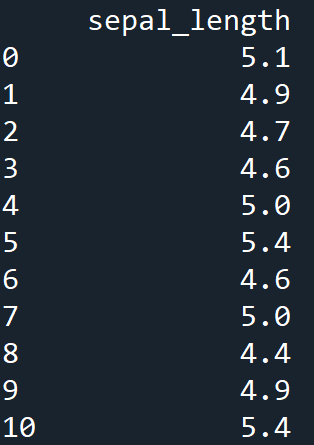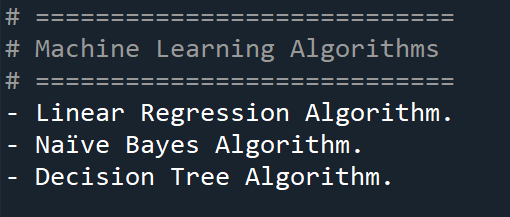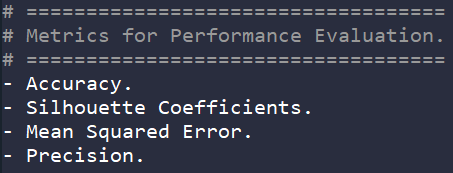Introduction.
- This article will seek to introduce us to vocabulary that is frequently used in an AI environment.
- Before one attempts to research about complex topics of AI, one must first understand the basics, because as with any form of construction, the proper building of the foundation of new concepts, is vital to our understanding of the topics in the long term.
- Let us begin.

Terminology.
1. Data
- This refers to a collection of observations. Example of data is as seen below.

2. Observation.
- This is a single unit in our level of observation. It refers to an individual instance of the object or thing that we are dealing with. It can be a person, a flower, an object, and so on.

- The above image displays a single observation, i.e., a single record showing us characteristics of a single iris flower.
3. Feature.
- It is logical to think of a feature as a column or attribute that we have in our dataset. A feature is a characteristic that conveys more information to us about our observations.

- In the above image, we view a single feature present in our dataset, i.e., sepal_length.
4. Machine Learning Algorithm.
- The Machine Learning Algorithm that is used to fit, learn, and adapt to, the best parameters and hyperparameters of a model. An algorithm is a set of rules that need to be followed to complete a task. Examples of Machine Learning Algorithms include, but are not limited to:

5. Model.
- This is the output of a Machine Learning Algorithm’s training process. The Learning Algorithms train a model, which we may use for making predictions. Example of a Learning Algorithm Model:

6. Parameters.
- Also called weights or coefficients, and these belong to a model and are learned through and during the training process.

7. Hyperparameters.
- This is the settings of the machine learning algorithm that need to be configured before or after a training process. Hyperparameters differ for each learning algorithm. An example of a well-known clustering hyperparameter, is the n_clusters hyperparameter as seen below.

8. Performance.
- A term used to describe and evaluate the power and efficiency of a model. There are various types of evaluation metrics that exist, and all are suited to evaluate the performance of a model using a unique approach. A few evaluation metrics used to evaluate performance are as follows.

9. Loss.
- This is a value representing the quality of a prediction. It tells us how accurate the models prediction is for a single prediction instance. This simply means that if the model predicted accurately, the loss value would be relatively small, otherwise, if the model predicted inaccurately this means that the loss value would increase.

10. Training.
- In simple terms, it is when we apply a machine learning algorithm to our data. Our data should be in a form that the machine learning algorithm can accept. Before one can use their model to make predictions for future instances, one needs to train their model.

11. Fitting.
- The process during which a Machine Learning Algorithm is applied to the data.

Conclusion.
- This concludes my article on important terminology that is used in the field of Artificial Intelligence.
- I do hope that you have learnt new concepts about the fields of Machine Learning and Artificial Intelligence.
- Thank you for your time.

